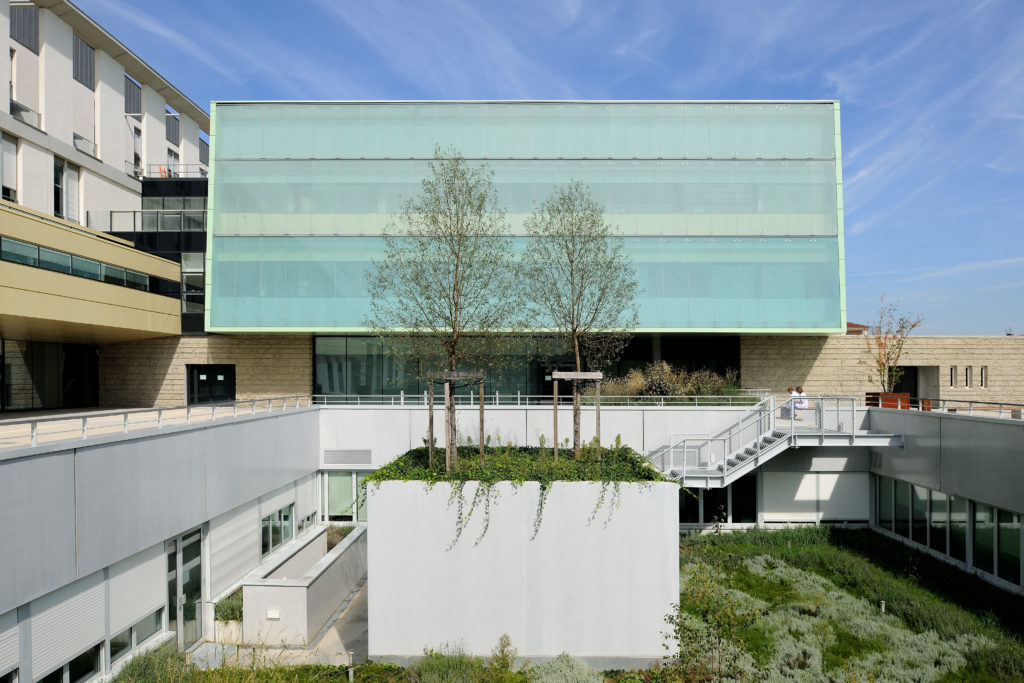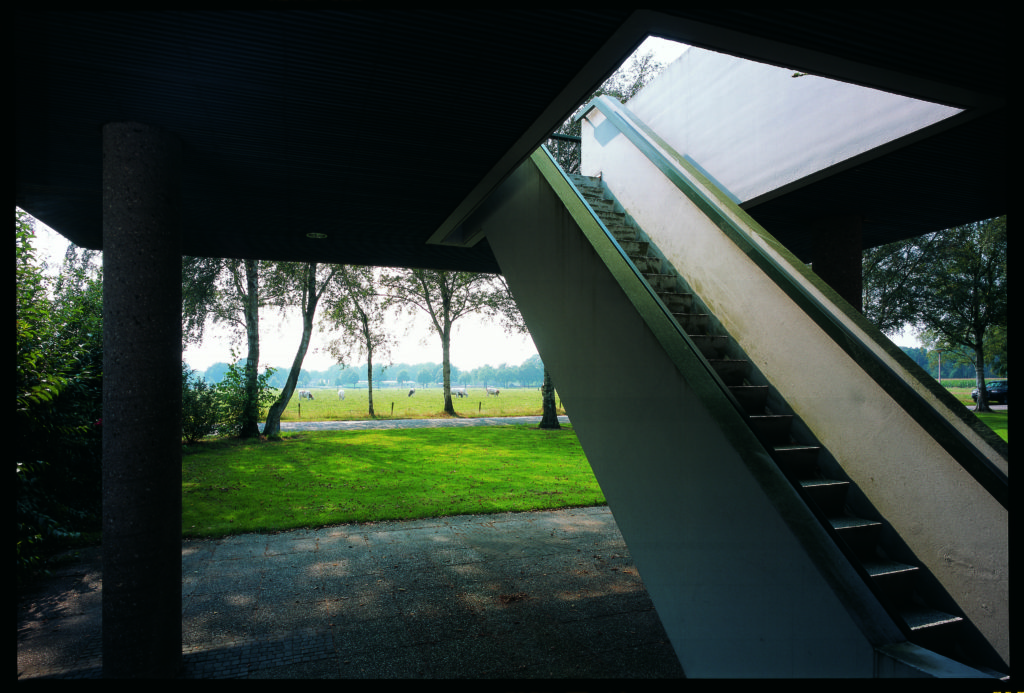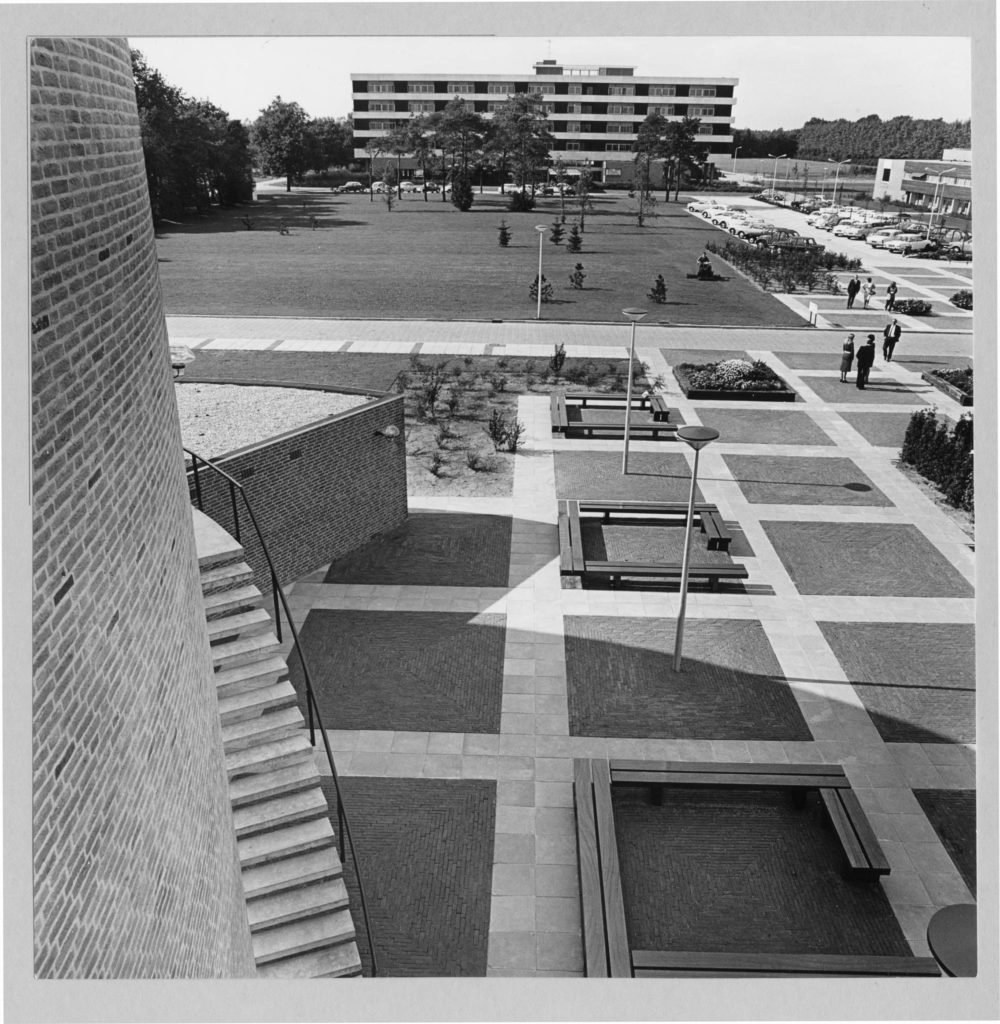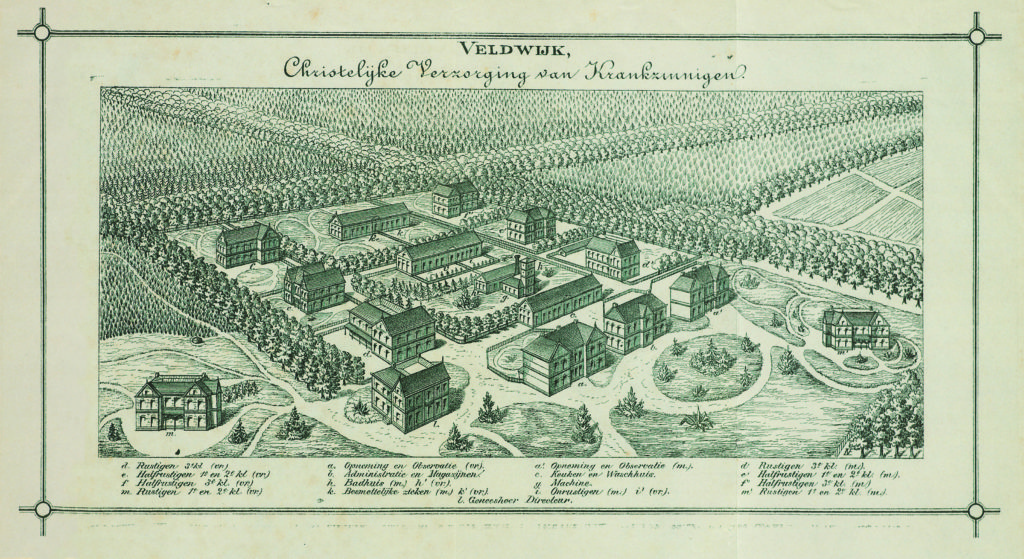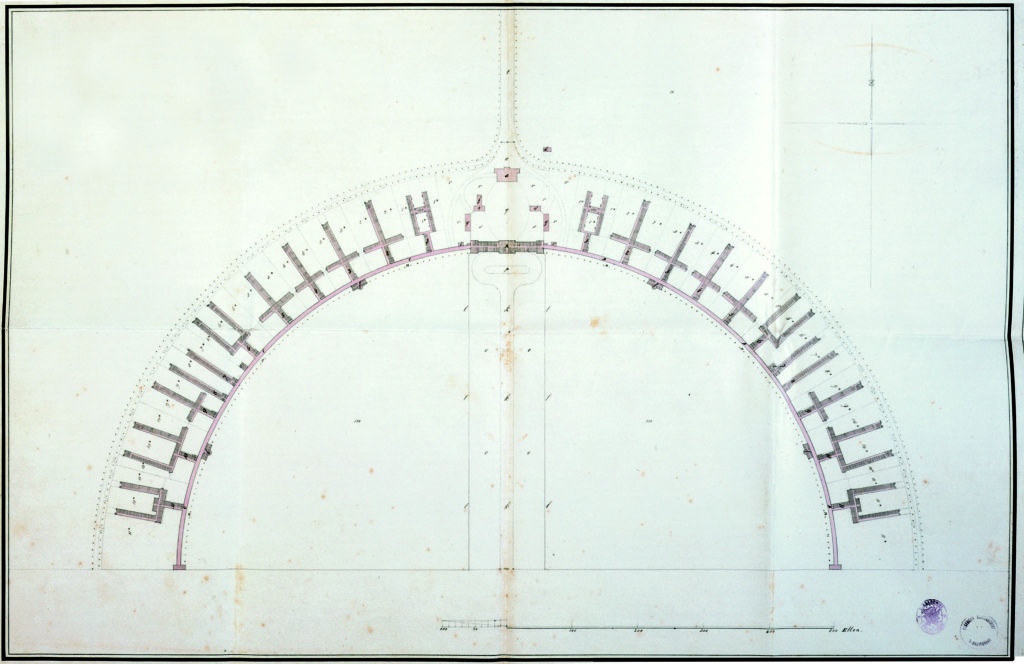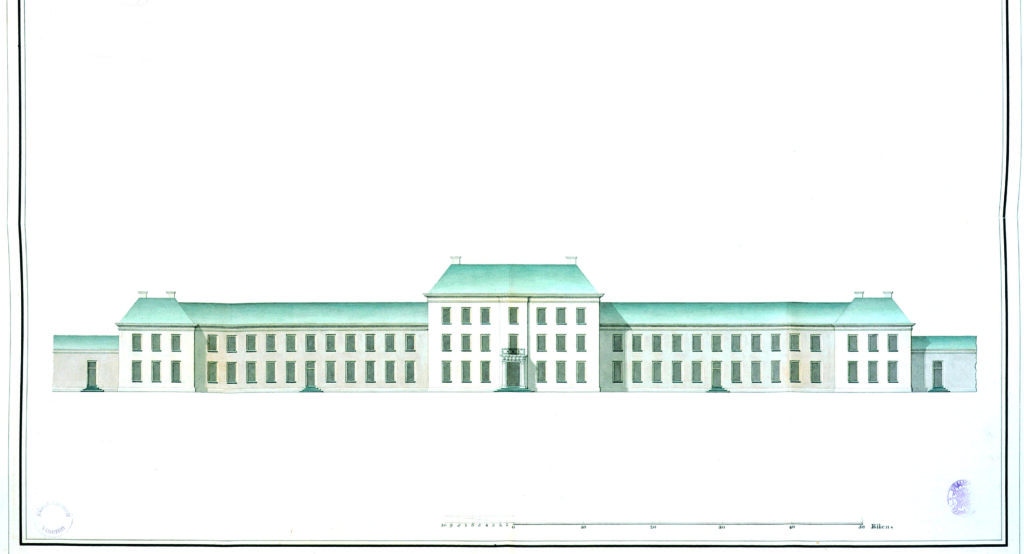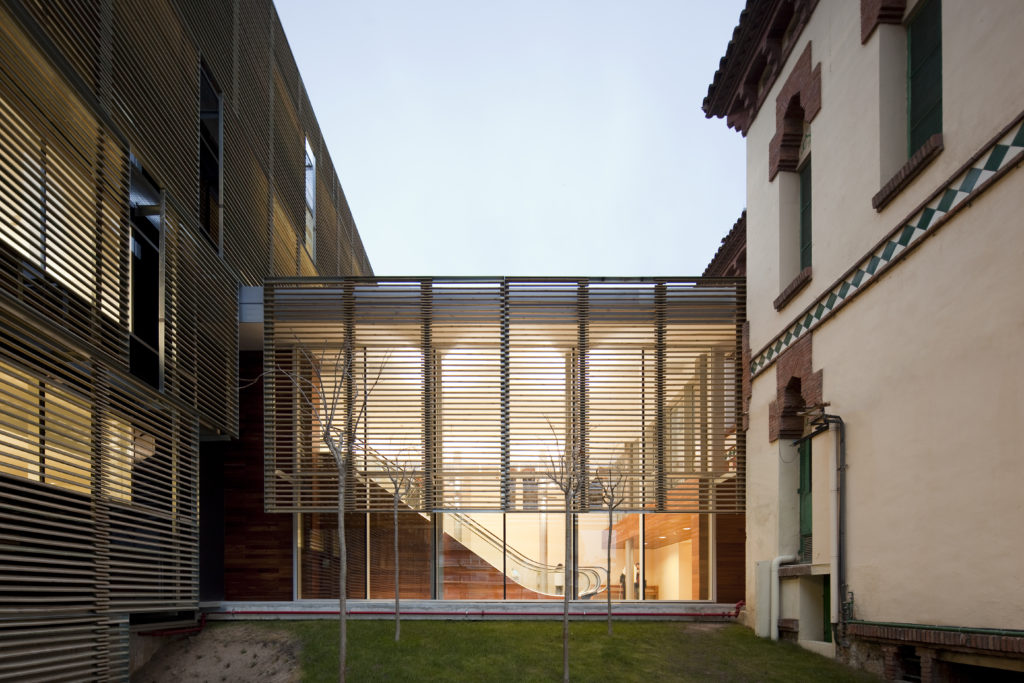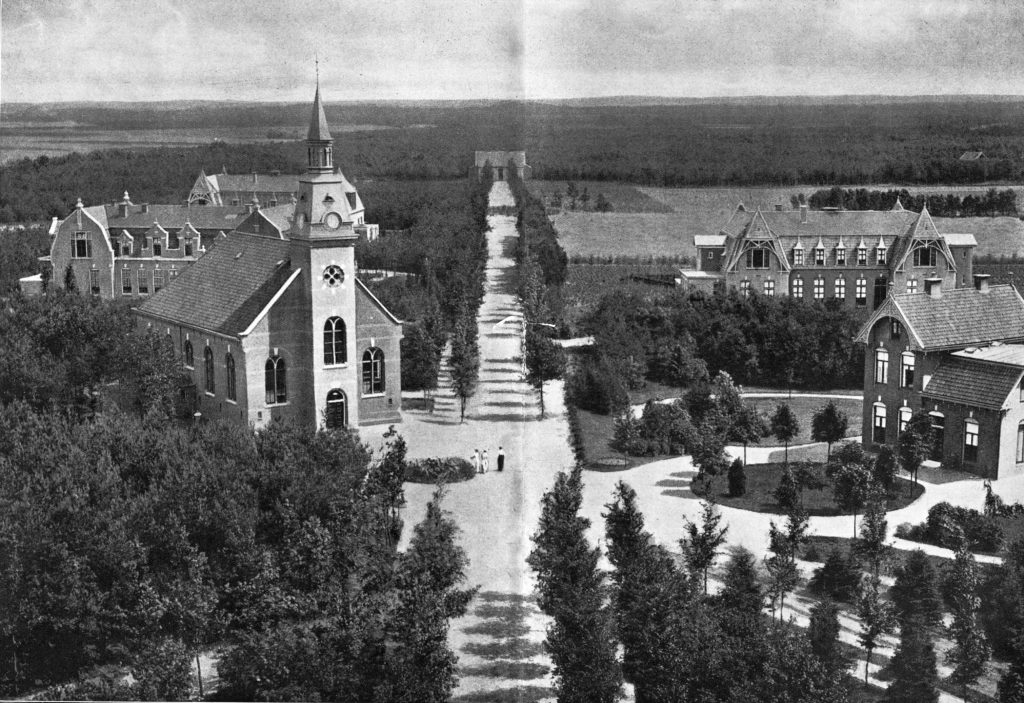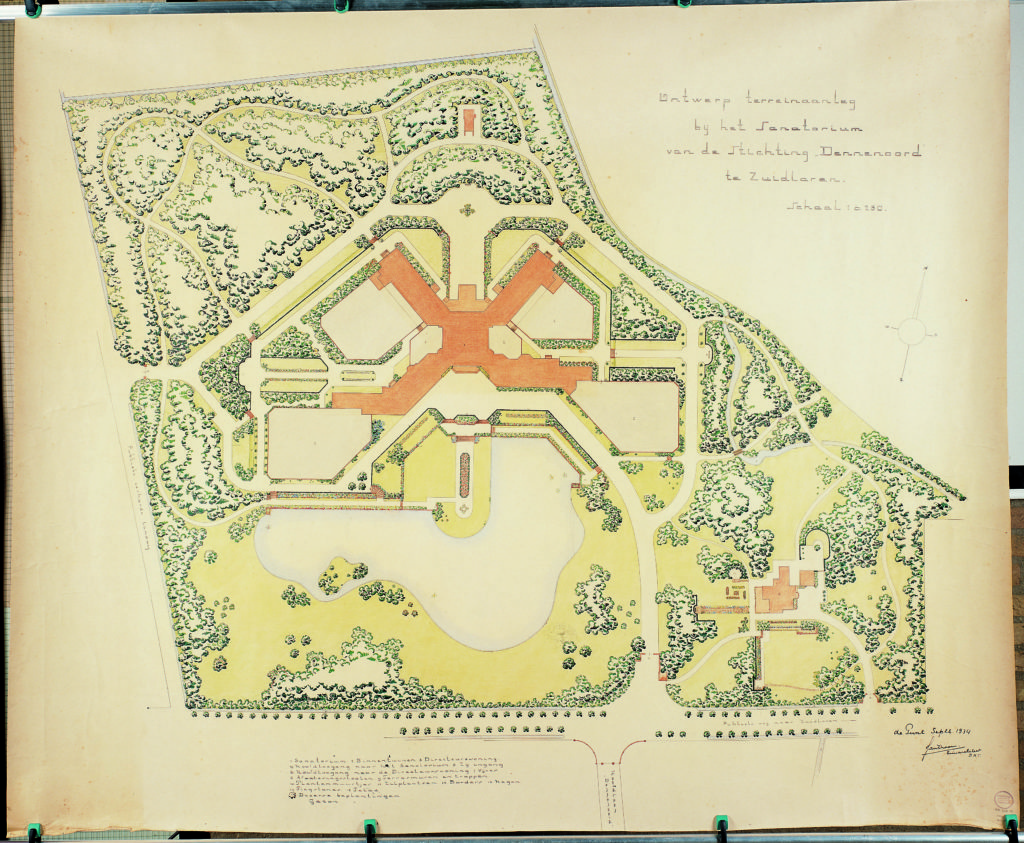LKA036M05
5 ECT
Elective
This series offers students a historical overview of hospital architecture and psychiatric clinics. Reflecting the ideals of the Enlightenment, a new type of hospitals developed in the eighteenth century. It was specifically designed to offer their inhabitants a healing environment: clear air, and ideally direct access to natural surroundings. Only in the mid-nineteenth century did they become strongholds of the medical discipline, a response to impressive innovations in the field of surgery. Around 1900, the Röntgen machine ushered in the next revolution in hospital architecture: they became the power packs of medical technology. The evolution of psychiatric institutions, the second focus of this course, shows the same series of paradigm changes: only in the eighteenth century did the ambition to cure patients become their primary purpose, and for a long time the best way to do so was believed to be to design an environment that was believed to help the processes of healing. One fascinating aspect is that their architecture directly reflects the way society sees the mentally diseased, the origins of psychiatric illness, and – obviously – the therapies that should help cure them. The course relates the history of these two building types to recent trends. Visits to various facilities are part of the program.
